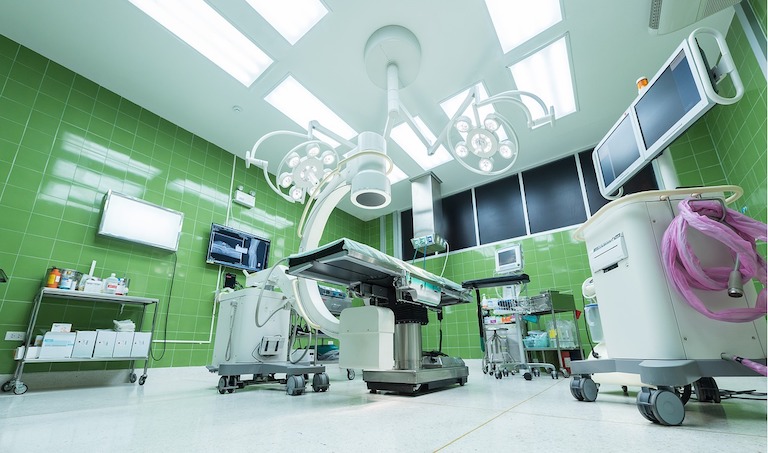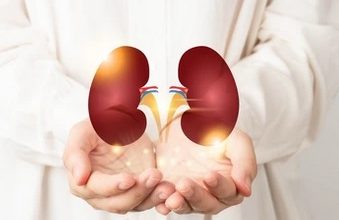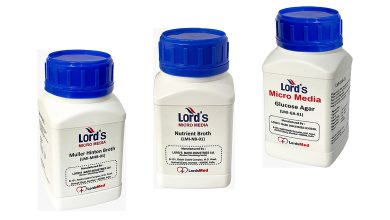Medical Device Market in India

Is the medical devices Regulatory environment in India Conducive for business?
Bhavik Narsana, Partner and Minhaz Lokhandwala, Senior Associate, Khaitan & Co
Healthcare is one of India’s largest sectors, in terms of revenue and employment, and the sector is expanding rapidly. This has led to significant demand for medical devices. Interestingly, the medical device market in India was valued at US$3.5 billion in 2015 and expected to grow to approximately US $4.8 billion by 2019 according to industry reports. This looks like a promising opportunity for any device manufacturer, more so because this sector is import dependent. However, week rupee and low-cost Chinese imports make it difficult for manufacturers to gain grounds in this market. Added to that is the underdeveloped regulatory framework and price-capping will further challenge the market players.
Foreign investments
In fact, 100 per cent foreign direct investment under the automatic route is allowed in the medical devices sector in India. As per data available with the Indian Government, the medical and surgical equipment sector received approximately USD 1,570 Million between 2000 and 2017. In 2013 alone, the FDI inflow was approximately USD 138 Million and in 2015, FDI inflow was approximately USD 153 Million.
Dominated by imports
A large portion of the demand for medical devices in India is met through imports. India has always been an attractive market for global manufacturers. However, despite being one of the largest medical device markets in the world, it has not been able to tap its domestic manufacturing potential. About 70 per cent of the demand for medical devices in India are met through imports.
Public Procurement
With a view to encourage an increase in domestic medical device manufacturing, the Department of Pharmaceuticals, on 15 March 2018, published draft guidelines on public procurement of medical devices (“Draft Procurement Guidelines”). These draft guidelines have been published with a view to implement the Public Procurement (Preference to Make in India) Order, 2017 (“2017 Procurement Order“) issued by the Department of Policy and Promotion.
Under the Draft Procurement Guidelines, medical devices have been categorized into 4 categories for the purposes of public procurement. Depending on the category of the medical device, the Draft Procurement Guidelines prescribe the minimum local content (i.e. the minimum domestic component cost incurred in manufacture) that a medical device should have to be eligible for public procurement. The requirement of the minimum local content ranges from 25-50 per cent, depending on the category of the medical device.
Further, the Draft Procurement Guidelines read with the 2017 Procurement Order provides for a process in relation to procurement of products depending on whether the value of such procurement is less than or more than Rs 50 lakhs.
New reports suggest that the medical devices domestic players have expressed disappointment with the Draft Procurement Guidelines as they do not believe the guidelines prescribe sufficient incentives to promote indigenous manufacturing of medical devices. It remains to be seen whether the final guidelines to be prescribed by the government would take these concerns into account.
Regulatory regime
On 31 January 2017, the Medical Devices Rules, 2017 (“Medical Rules”) were notified in India under the Drugs and Cosmetics Act, 1940 (“Act”) which came into effect from 1 January 2018. This is the first legislation in India dealing specifically with medical devices and apply to the medical devices. A Medical device has been defined, amongst others as:
To read more subscribe here: SUBSCRIBE




